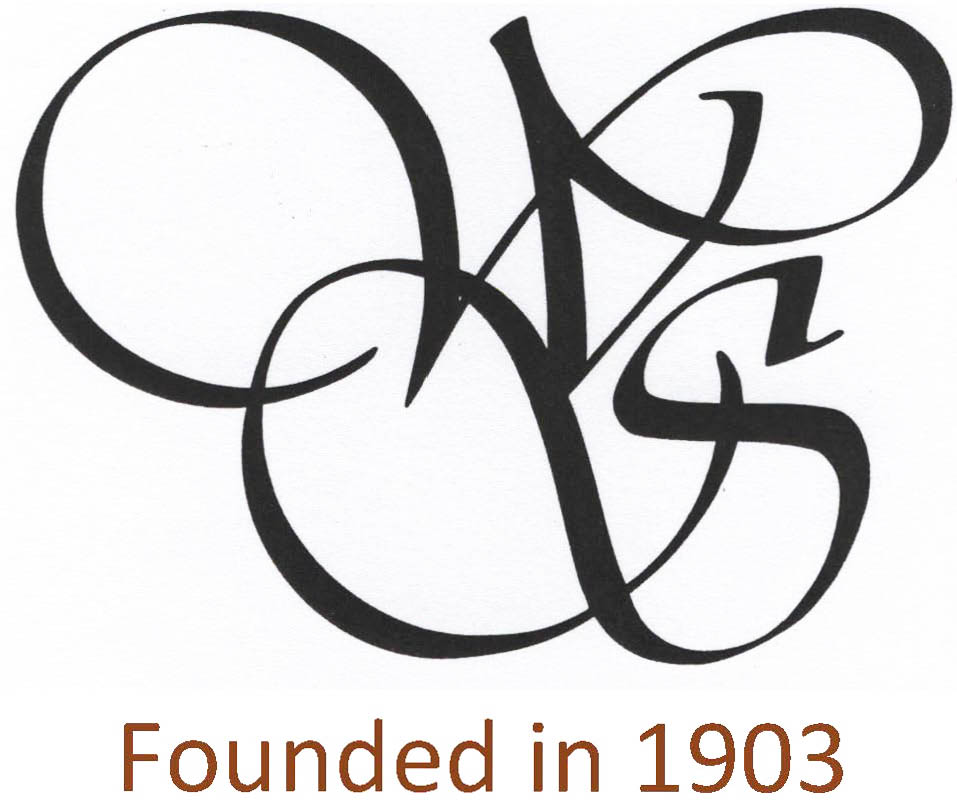Detroit Society of Women Painters and Sculptors paved way for many female artists
By: K. Michelle Moran | C&G Newspapers | Published May 6, 2014
DETROIT — Decades before the Women’s Movement and nearly 20 years before women had the right to vote, a group of local women banded together to express themselves as artists to be reckoned with.
And while a lot has changed since the Detroit Society of Women Painters and Sculptors’ founding in 1903, the society still represents some of the region’s most serious and acclaimed artists, and it continues to support women in fine art.
“Then and Now: The Detroit Society of Women Painters and Sculptors, 1903-2014,” a new exhibition in the Detroit Historical Museum’s Community Gallery, looks at the group’s long and storied history while also showcasing 84 artworks by current members, who hail from the Grosse Pointes, Harrison Township, Birmingham, St. Clair Shores, West Bloomfield, Clinton Township, Royal Oak, Troy and many other metro Detroit communities. Visitors will find artworks, artifacts, historical photos, documents and more in the gallery, all of which tell different aspects of the organization’s story.
Once known as the Detroit Society of Women Painters, the group is said to be one of the oldest self-sustaining women’s art groups in the country. Its founding members included Lettie Carpo, Lillian Meeser and Pewabic Pottery founder Mary Chase Stratton.
The initial group of 15 women met for monthly critiques.
“They wanted to help each other,” explained DSWPS Second Vice President Jackie Rybinski, of Grosse Pointe Farms, who also chairs the exhibition committee.
That’s still the case, as members — now about 170 — have regular meetings and conduct juried shows that are displayed in various venues. They also award annual scholarships to female art students.
“Our connection with education is very important,” Rybinski said.
DSWPS contributed to the general art world, as well. Rybinski said the society donated funds to the Detroit Institute of Arts and was instrumental in the founding of the Society of Arts and Crafts — which would later become the College for Creative Studies — and the Detroit School of Design, which was once an automotive design school.
“They touched so many things in Detroit,” Rybinski said. “They helped get things started.”
Julie Sabit, of Harper Woods, the DSWPS’ historian and a member since 2000, said that while assembling the exhibition, they even discovered a Paris scroll thanking the organization for its support of wounded artist soldiers in Paris during World War I. The scroll, from 1917, includes signatures and small paintings and illustrations from the grateful French artists.
“We thought it was lost,” said Sabit of the precious scroll, which was found among other historical artifacts from the group at the Detroit Public Library’s Burton Historical Collection.
Among the more surprising finds is a Walt Disney signature from a 1945 exhibition guest book.
Members of the DSWPS have had work featured at the Detroit Institute of Arts, The Hague, Chicago Art Institute and The Louvre, among other prominent venues. Speakers over the years have included early DIA Director William Valentiner and Sarkis Sarkisian, among other prominent figures in the art world, which demonstrates the esteem in which the DSWPS was held. Although women weren’t allowed to join Detroit’s Scarab Club until 1962, Rybinski said the DSWPS showed work there from 1933-1974. The group’s early members tended to be women from prominent local families, but their artworks proved edgier than might have been expected of women from high society.
“It wasn’t all just flowers and little children,” Rybinski said. “There were industrial paintings, as well.”
Even today, the DSWPS “is one of the most important women’s groups” in the state, said Sabit.
Rybinski said their ranks are on the rise again, and the members — individually and as a collective — continue to show their work at innovative galleries and other places. Many members are also art educators, sharing their knowledge with the next generation of artists, she said.
“Certainly, this (exhibition) fits right in with what the Community Gallery is supposed to be about,” said Bob Sadler, director of public and external relations for the Detroit Historical Society. “It continues our (tradition) of giving local organizations an opportunity to tell their story … and it gives Detroiters an opportunity to see and appreciate fine art. This is a very vibrant and colorful exhibition that should really touch people on a lot of levels.”
“Then and Now” will be on display until July 6, 2014.
The Detroit Historical Museum is located at 5401 Woodward, at Kirby, in the Cultural Center. Admission is free. Hours are 9:30 a.m.-4 p.m. Tuesday through Friday, and 10 a.m.-5 p.m. Saturday and Sunday. For more information, call (313) 833-1805 or visit www.detroithistorical.org.
